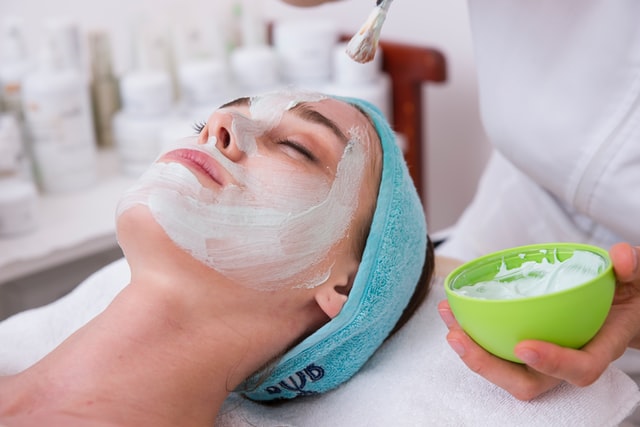All opinions are mine and mine alone.
4 Properties You Should Look for When Buying a Clay Mask
Skincare is essential if you want to keep your skin in the best shape possible. Clay is one of the skincare ingredients that help have good skin. Clay mask detoxifies your pores, absorbs oil from your skin, reduces blackouts, pimples, and whiteheads, and tightens your skin. However, there are over 30 varieties of clay, and not all are made equal. Some clay-based products are more intense hence suited for sebum-filled pores.

Due to the unique properties of each type of clay, it is crucial to be on the lookout for clay properties when choosing your next clay mask. Here are 4 properties you should look for when buying a clay mask.
Absorption Capabilities
Different varieties of clays have different absorption capabilities. This means some clay masks are more effective in drawing out impurities from deep within your pores. The absorption capabilities of a clay mask are determined by the mineral composition, molecular structure, and the number of negative charges it possesses.
Rhassoul clay, for example, has excellent absorption capabilities, which makes it ideal for detoxifying and cleansing the skin. Its powerful negative electromagnetic charge effectively draws heavy metals and other positively charged toxins from deep inside the skin.
Carrying Capacity
Clay masks are applied to the skin to draw excess sebum and impurities from pores. The clay mask then holds the impurities before you wash it off. Different clay varieties have varying ‘swelling’ abilities.
When shopping for a clay mask, you should look for one with an amazing carrying capacity. The carrying capacity of a clay mask is determined by its surface area. A clay mask with a huge surface area has a higher carrying capacity and is highly porous, meaning it can absorb large quantities of impurities from the skin with each application.
Mineral Composition
Depending on where it is mined, clays vary in mineral composition. Kaolin clay is composed of quartz, feldspar, mica, and iron. Australian pink clay has silica, selenium, magnesium, and zinc minerals. Bentonite clay which comes from aged volcanic ash has a mineral composed of calcium, iron, zinc, magnesium, and copper. Rhassoul clay found in the Atlas Mountains of Morocco contains potassium, sodium, iron, magnesium, zinc, and phosphorus.
The chemical and mineralogical composition determine the clay mask’s antimicrobial, absorption, hydrating, anti-inflammatory, and anti-pollutant properties. The mineral composition of a clay mask also determines its color. Cambrian blue clay, used to make a blue face mask for skin, gets its natural blue color from chemically reduced iron, zinc, and algae. The unique green color of Gray Clay results from plant matter like algae, chlorophyll, and iron oxides.
Oil-Soluble BHAs
Oily skin requires a clay mask that can dissolve the excess sebum in the skin and reduce oil production. Therefore, if you have oily skin, you should look for a clay mask with oil-soluble BHAs – Beta-Hydroxy Acids, such as salicylic acid and betaine salicylate. BHAs travel deep into the skin and draw out excess oils and sebum.



Speak Your Mind